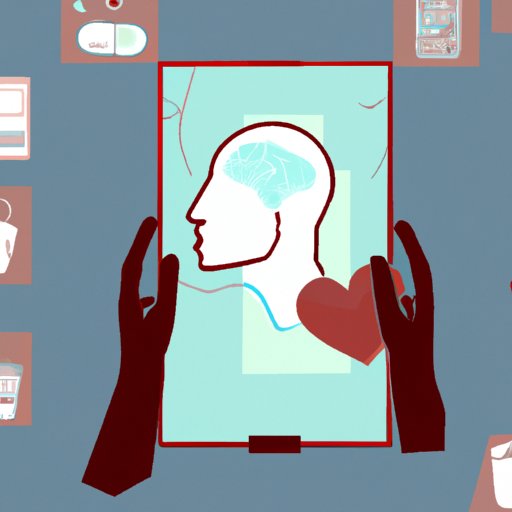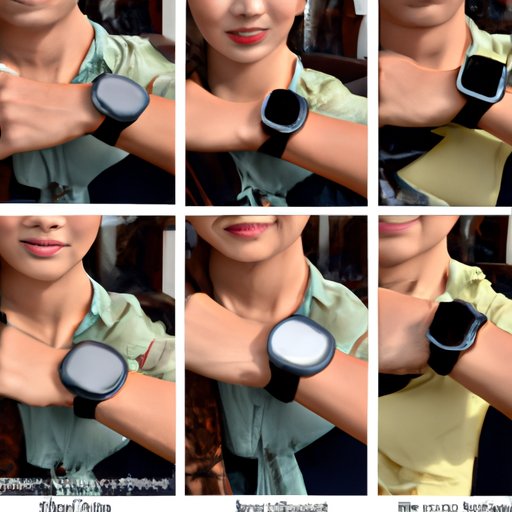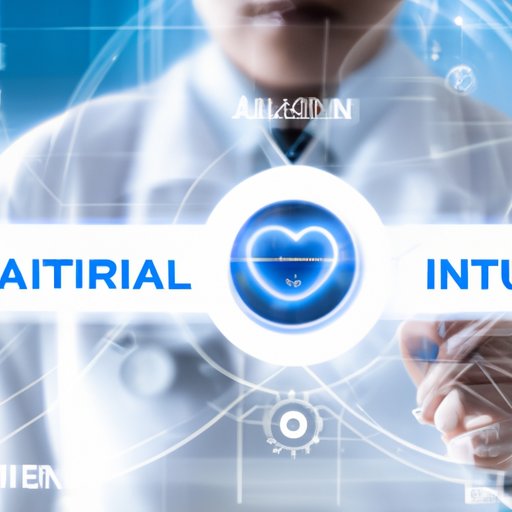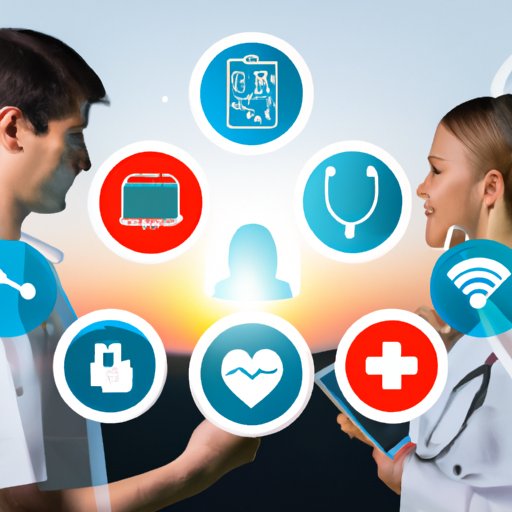Introduction
Technology has revolutionized many aspects of our lives, from how we communicate to how we work, shop, and even how we access healthcare. In today’s world, technology plays an important role in improving patient outcomes and providing better care. From wearable devices to telemedicine and artificial intelligence (AI), technology is transforming the way healthcare is delivered and experienced.
But what exactly is technology? According to the Oxford English Dictionary, “technology” is defined as “the application of scientific knowledge for practical purposes, especially in industry.” In other words, technology is anything that makes life easier or more efficient. In healthcare, technology can range from a simple device like a blood pressure monitor to complex software systems used to manage patient records.
In this article, we will explore how technology is impacting our health. We will look at the benefits and risks of wearable devices, telemedicine, and artificial intelligence in healthcare, as well as how technology is changing the way we access mental health resources.
Examining the Impacts of Technology on Physical Health
One of the most common ways technology is being used in healthcare is through wearable devices. Wearable devices are small electronic devices worn on the body that track and measure things like heart rate, sleep patterns, and activity levels. These devices can be used to monitor chronic conditions or provide feedback to help improve overall health.
Wearable devices have several potential benefits. For example, they can help people stay motivated to exercise by tracking progress and providing real-time feedback. They can also alert users to changes in their health, such as elevated heart rate or blood pressure, so that they can take action before any serious problems arise.
Another way technology is making an impact on healthcare is through telemedicine. Telemedicine is the use of digital technologies, such as video conferencing, to provide medical services remotely. This allows patients to access medical advice and treatment without having to visit a doctor’s office in person.
Telemedicine has several advantages. It can make it easier for people to access healthcare, particularly those who live in rural areas or who have difficulty getting to a doctor’s office. It can also save time and money, since visits can be conducted over the phone or online instead of in person. Additionally, telemedicine can help reduce wait times for appointments, allowing for faster diagnosis and treatment.
While there are many potential benefits of increased technology in healthcare, there are also some potential risks. For example, data collected from wearable devices and shared with doctors may not be accurate or reliable. Additionally, telemedicine may lead to misdiagnosis if the doctor does not have access to all the necessary information. Finally, privacy and security concerns are always a concern when dealing with sensitive medical information.

Exploring How Technology is Changing Mental Health Care
Technology is also changing the way mental health care is accessed and experienced. Online therapy and support groups are becoming increasingly popular, allowing people to get the help they need without having to leave their homes. There is also an increasing number of apps and websites dedicated to providing mental health resources and support.
Online therapy and support groups can be beneficial for people who don’t feel comfortable talking to someone in person or who don’t have access to traditional mental health services. They can also be more cost-effective than in-person therapy, since there are no travel costs or fees for office visits. Additionally, online therapy can provide anonymity and privacy that may not be available in a traditional setting.
Social media is also playing a role in mental health care. Studies have shown that social media use can have both positive and negative effects on mental health. On the one hand, social media can help people connect with others and find support, which can be beneficial for people who are struggling with mental health issues. On the other hand, social media use can also lead to feelings of isolation, anxiety, and depression.

Assessing the Impact of Wearable Devices on Healthcare
Wearable devices are becoming increasingly popular in healthcare, but there are still some challenges associated with their use. One of the biggest concerns is accuracy. Wearable devices rely on sensors to collect data, and these sensors may not always be accurate. Additionally, some devices may be more prone to interference than others, which could lead to incorrect readings.
Another challenge is connectivity. Wearable devices need to be connected to a smartphone or computer in order to upload data. If the connection fails, the data may not be uploaded or accessible. Additionally, if the device is not compatible with existing medical systems, the data may not be able to be integrated into a patient’s medical record.
Finally, there is the issue of privacy and security. Wearable devices collect sensitive personal health data, which must be protected. Additionally, the data must be secure and encrypted to prevent unauthorized access. This means that healthcare providers must ensure that the devices they use are compliant with all applicable laws and regulations.
Investigating the Benefits and Risks of Telemedicine
Telemedicine has the potential to transform healthcare, but there are still some challenges associated with its use. One of the biggest concerns is security. Since telemedicine involves sharing sensitive medical information over the internet, it is important to ensure that the data is secure and encrypted. Additionally, healthcare providers must ensure that the technology they use is compliant with all applicable laws and regulations.
Another challenge is reimbursement. Healthcare providers must be aware of the various reimbursement policies for telemedicine services in order to ensure that they are paid for their services. Additionally, insurance companies may not cover certain types of telemedicine services, which can limit access to care.
Finally, there is the issue of geography. Telemedicine may not be available in certain regions due to limited access to broadband or other infrastructure issues. Additionally, some states have stricter regulations regarding telemedicine, which can limit access to care.

Analyzing the Role of Artificial Intelligence in Healthcare
Artificial intelligence (AI) is another area where technology is making a big impact on healthcare. AI is being used to diagnose and treat diseases, as well as to analyze medical images and predict outcomes. AI can also help streamline administrative tasks, such as scheduling appointments and managing patient records.
There are several potential benefits of using AI in healthcare. AI can help reduce errors and improve accuracy, which can lead to better patient outcomes. AI can also help reduce costs by automating administrative tasks and streamlining processes. Finally, AI can help make healthcare more accessible by providing virtual care and remote monitoring.
However, there are also some challenges associated with using AI in healthcare. For example, AI algorithms must be trained on large datasets, which can be difficult to obtain. Additionally, AI algorithms may be biased if the data is not representative of the population. Finally, there are ethical and legal considerations that must be taken into account when using AI in healthcare.
Conclusion
Technology is transforming the way healthcare is delivered and experienced. From wearable devices to telemedicine and AI, technology is making it easier for people to access healthcare and improve their health. However, there are still some challenges associated with increased technology in healthcare, such as accuracy, security, and privacy.
The future of healthcare is likely to involve even more technology. As technology continues to evolve, it will become increasingly important to consider the benefits and risks associated with its use. With careful planning and oversight, technology can be used to improve patient outcomes and provide better care.
(Note: Is this article not meeting your expectations? Do you have knowledge or insights to share? Unlock new opportunities and expand your reach by joining our authors team. Click Registration to join us and share your expertise with our readers.)
